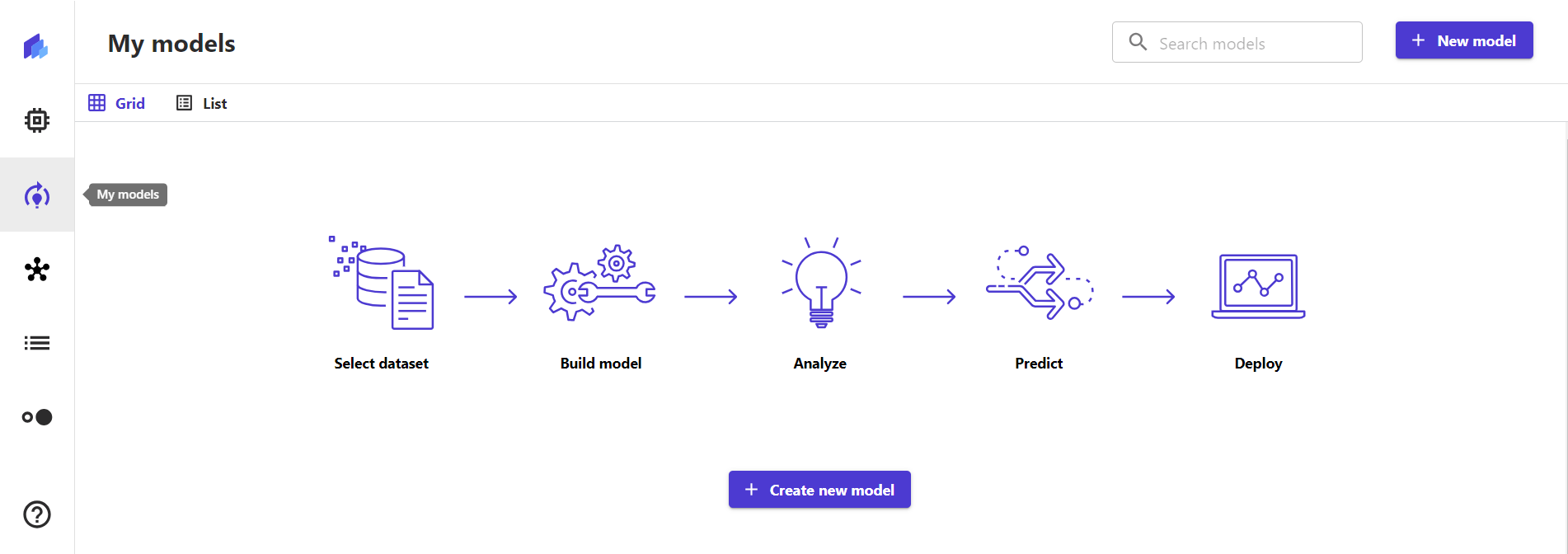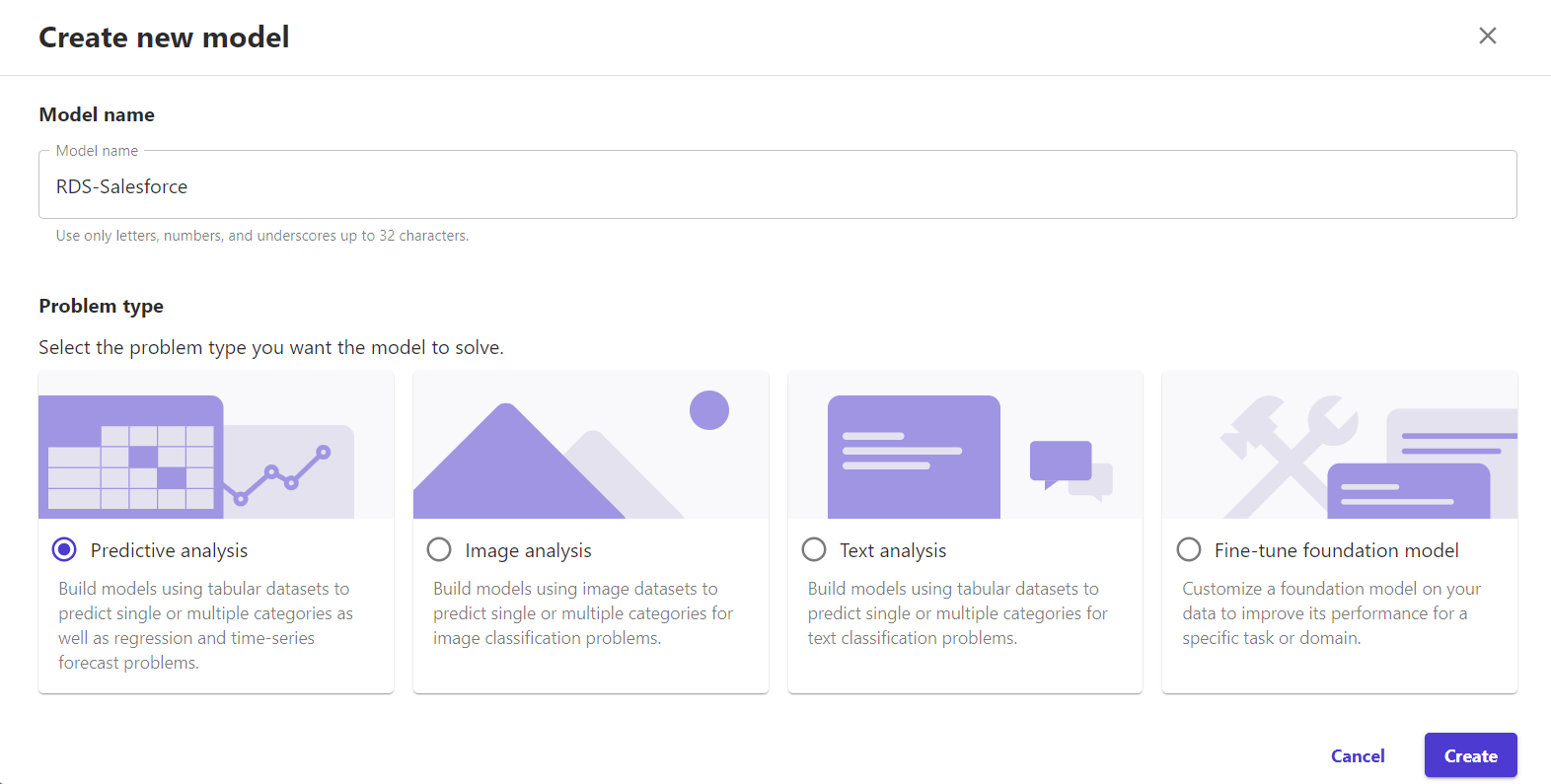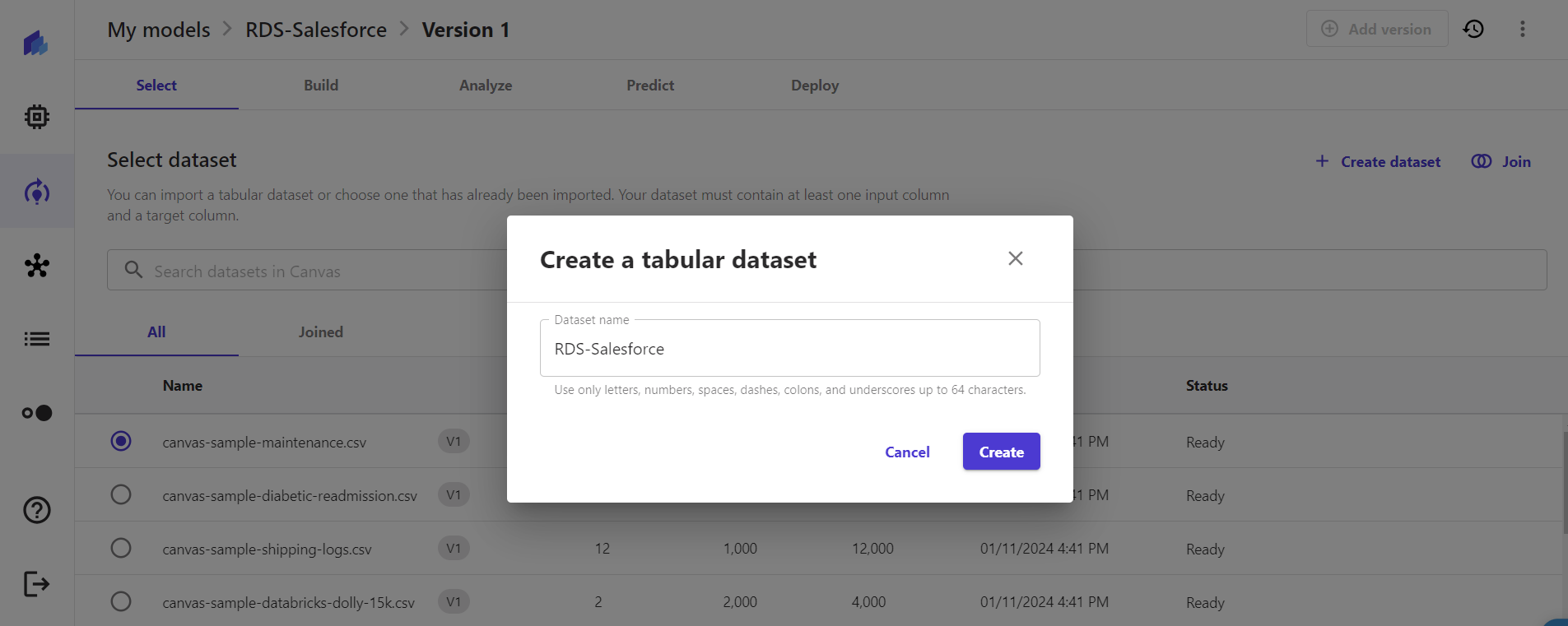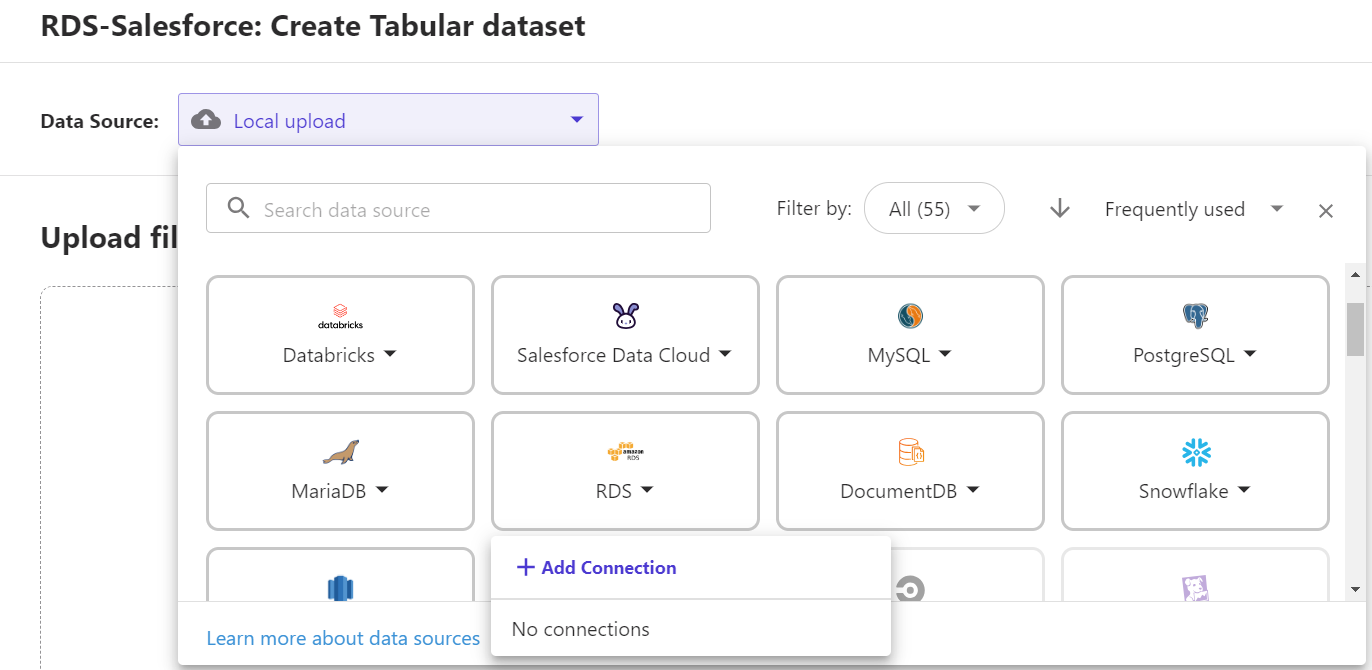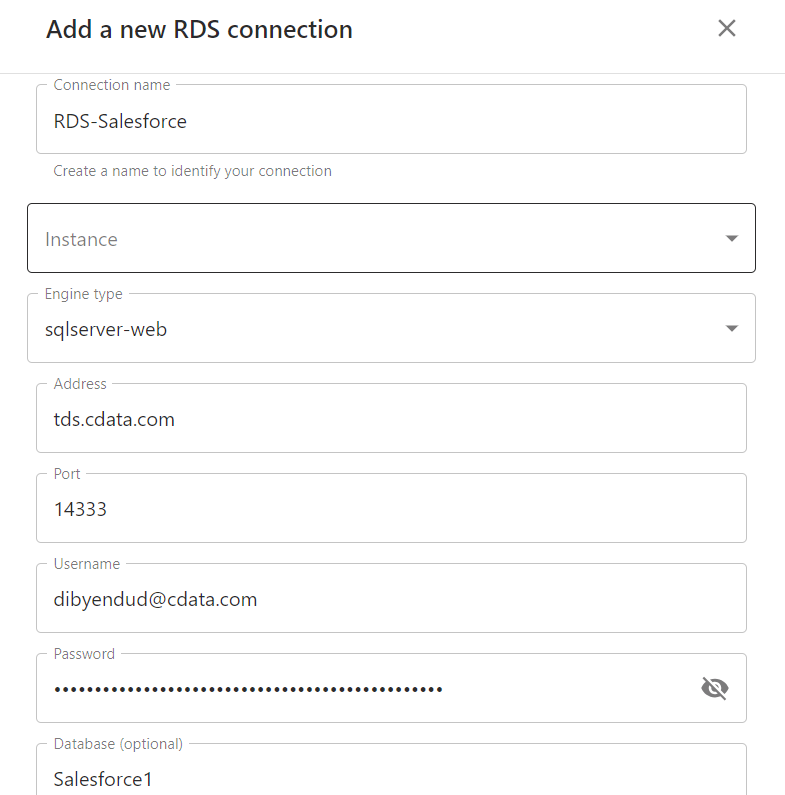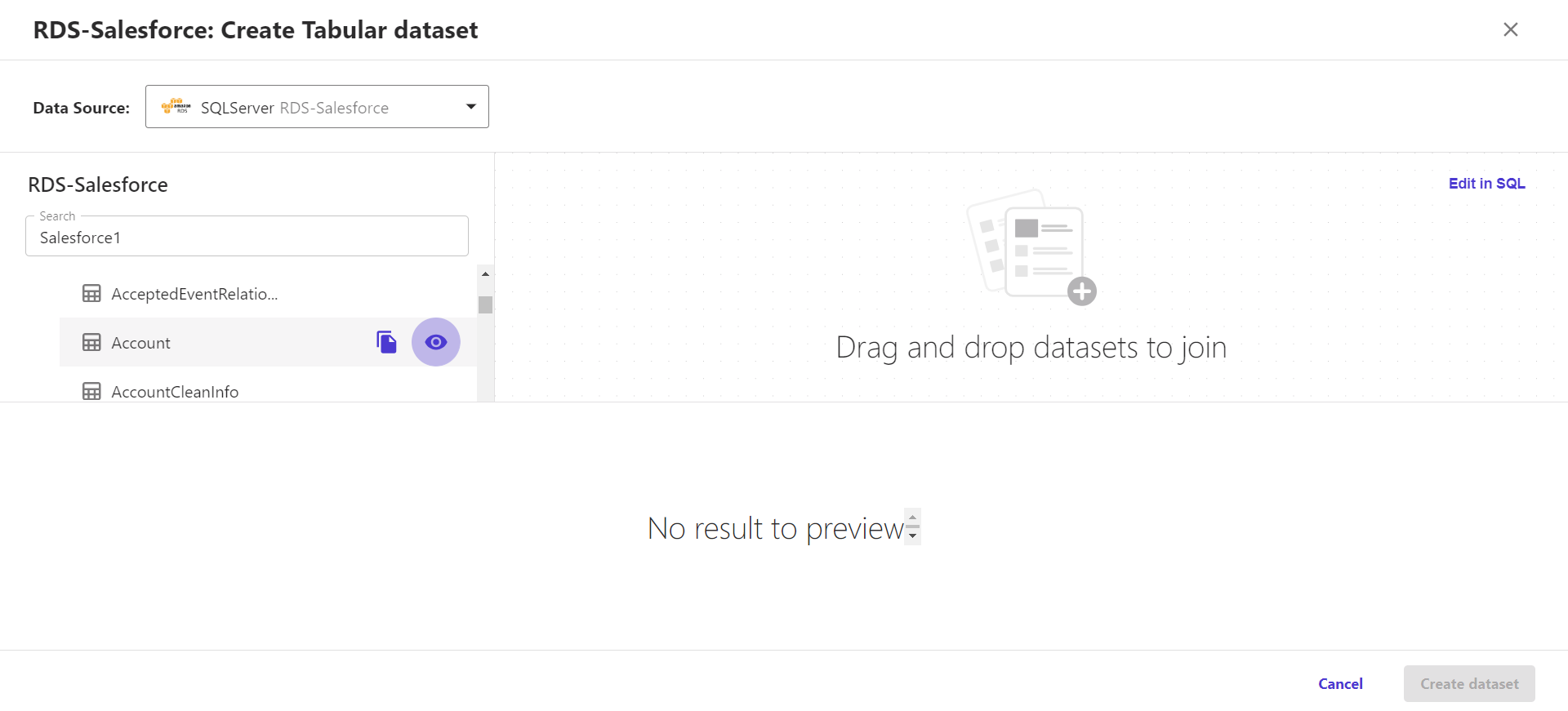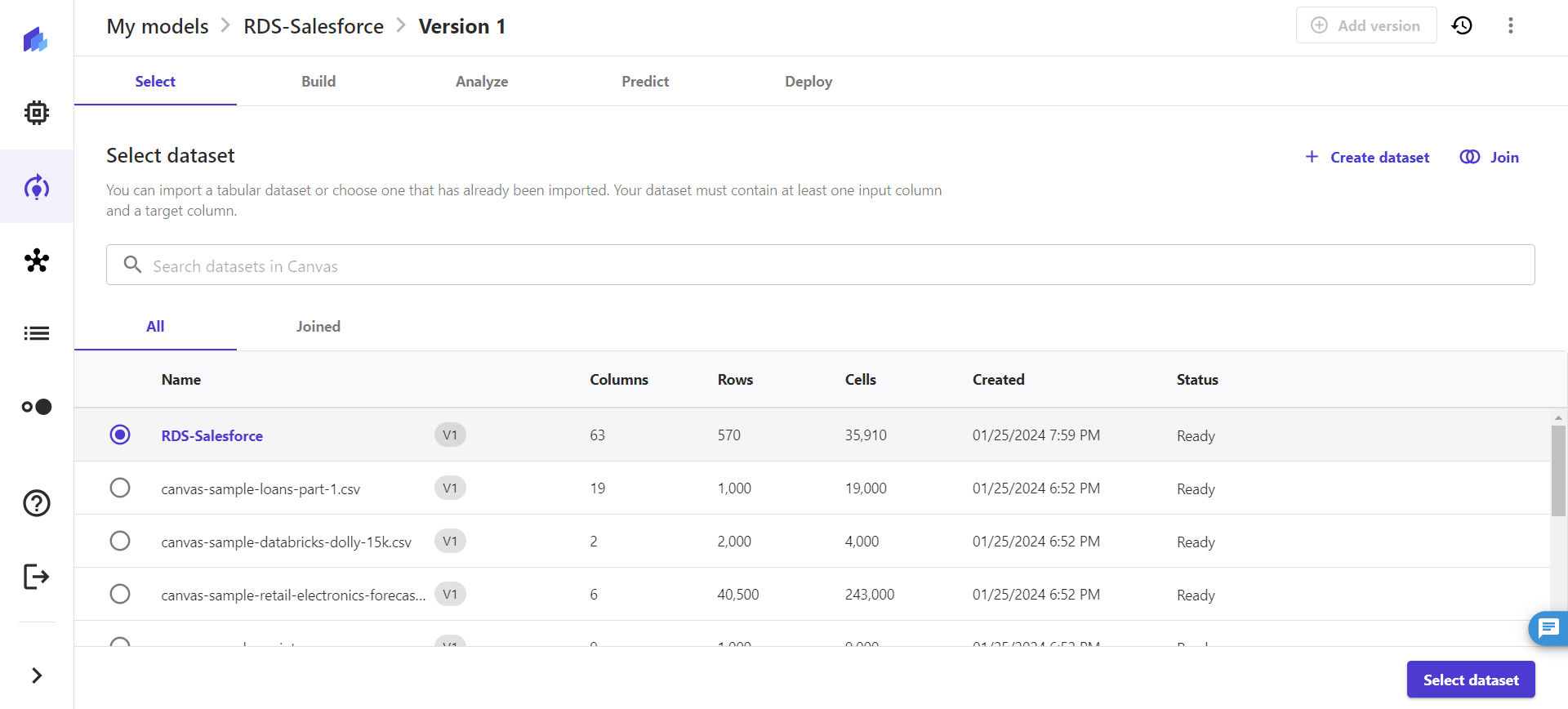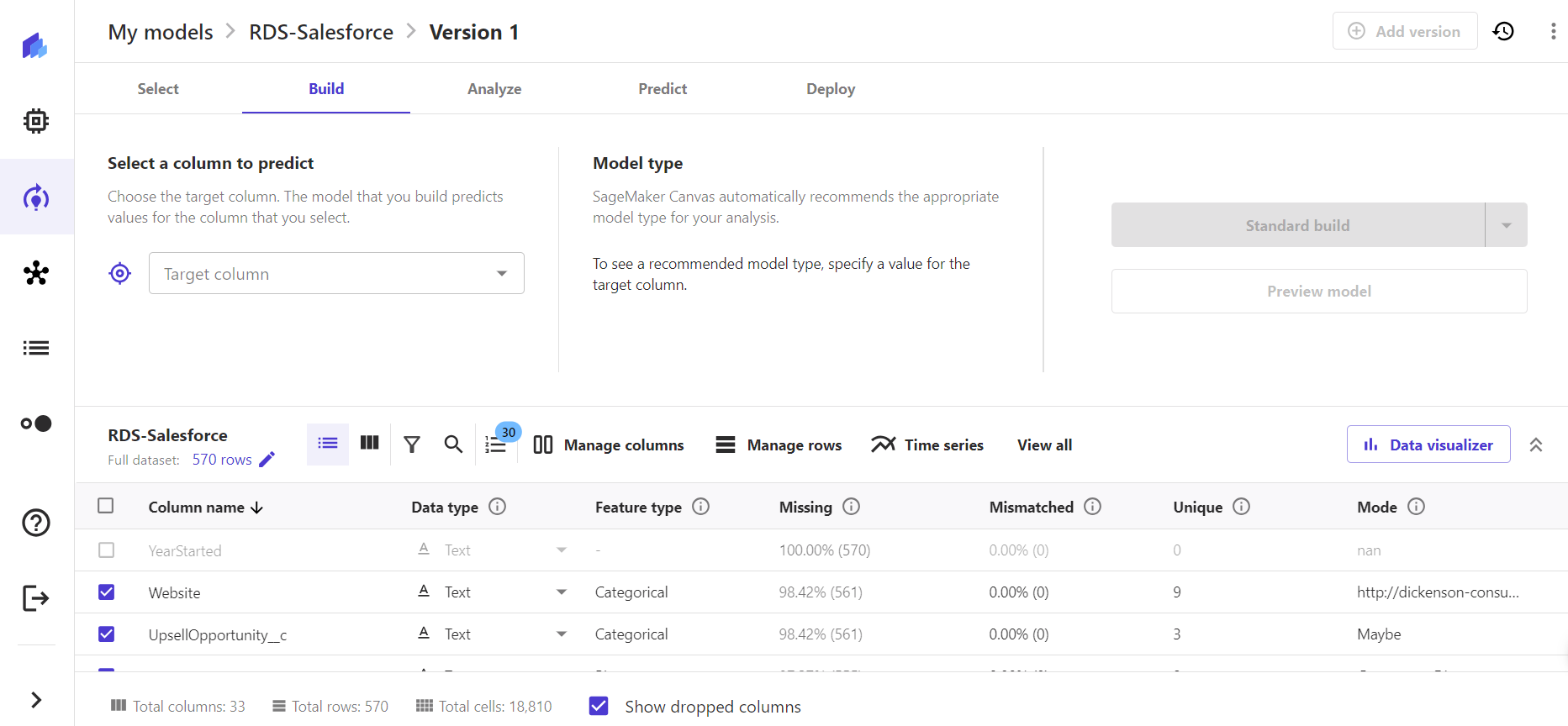Discover how a bimodal integration strategy can address the major data management challenges facing your organization today.
Get the Report →Integrate Live Paylocity Data into Amazon SageMaker Canvas with RDS
Use CData Connect Cloud to connect to Paylocity from Amazon RDS connector in Amazon SageMaker Canvas and build custom models using live Paylocity data.
Amazon SageMaker Canvas is a no-code machine learning platform that lets you generate predictions, prepare data, and build models without writing code. When paired with CData Connect Cloud, you get instant, cloud-to-cloud access to Paylocity data for building custom machine-learning models, predicting customer churn, generating texts, building chatbots, and more. This article shows how to connect to Connect Cloud from Amazon SageMaker Canvas using the RDS connector and integrate live Paylocity data into your ML model deployments.
CData Connect Cloud provides a pure SQL, cloud-to-cloud interface for Paylocity, allowing you to easily integrate with live Paylocity data in Amazon SageMaker Canvas — without replicating the data. CData Connect Cloud looks exactly like a SQL Server database to Amazon SageMaker Canvas and uses optimized data processing out of the box to push all supported SQL operations (filters, JOINs, etc) directly to Paylocity, leveraging server-side processing to quickly return Paylocity data.
Configure Paylocity Connectivity for Amazon SageMaker Canvas
Connectivity to Paylocity from Amazon SageMaker Canvas is made possible through CData Connect Cloud. To work with Paylocity data from Amazon SageMaker Canvas, we start by creating and configuring a Paylocity connection.
- Log into Connect Cloud, click Connections, and click Add Connection.
![Adding a Connection]()
- Select "Paylocity" from the Add Connection panel.
![Selecting a data source]()
-
Enter the necessary authentication properties to connect to Paylocity.
Set the following to establish a connection to Paylocity:
- RSAPublicKey: Set this to the RSA Key associated with your Paylocity, if the RSA Encryption is enabled in the Paylocity account.
This property is required for executing Insert and Update statements, and it is not required if the feature is disabled.
- UseSandbox: Set to true if you are using sandbox account.
- CustomFieldsCategory: Set this to the Customfields category. This is required when IncludeCustomFields is set to true. The default value for this property is PayrollAndHR.
- Key: The AES symmetric key(base 64 encoded) encrypted with the Paylocity Public Key. It is the key used to encrypt the content.
Paylocity will decrypt the AES key using RSA decryption.
It is an optional property if the IV value not provided, The driver will generate a key internally. - IV: The AES IV (base 64 encoded) used when encrypting the content. It is an optional property if the Key value not provided, The driver will generate an IV internally.
Connect Using OAuth Authentication
You must use OAuth to authenticate with Paylocity. OAuth requires the authenticating user to interact with Paylocity using the browser. For more information, refer to the OAuth section in the Help documentation.
The Pay Entry API
The Pay Entry API is completely separate from the rest of the Paylocity API. It uses a separate Client ID and Secret, and must be explicitly requested from Paylocity for access to be granted for an account. The Pay Entry API allows you to automatically submit payroll information for individual employees, and little else. Due to the extremely limited nature of what is offered by the Pay Entry API, we have elected not to give it a separate schema, but it may be enabled via the UsePayEntryAPI connection property.
Please be aware that when setting UsePayEntryAPI to true, you may only use the CreatePayEntryImportBatch & MergePayEntryImportBatchgtable stored procedures, the InputTimeEntry table, and the OAuth stored procedures. Attempts to use other features of the product will result in an error. You must also store your OAuthAccessToken separately, which often means setting a different OAuthSettingsLocation when using this connection property.
![Configuring a connection (Salesforce is shown)]()
- RSAPublicKey: Set this to the RSA Key associated with your Paylocity, if the RSA Encryption is enabled in the Paylocity account.
- Click Create & Test.
- Navigate to the Permissions tab in the Add Paylocity Connection page and update the User-based permissions.
![Updating permissions]()
Add a Personal Access Token
If you are connecting from a service, application, platform, or framework that does not support OAuth authentication, you can create a Personal Access Token (PAT) to use for authentication. Best practices would dictate that you create a separate PAT for each service, to maintain granularity of access.
- Click on your username at the top right of the Connect Cloud app and click User Profile.
- On the User Profile page, scroll down to the Personal Access Tokens section and click Create PAT.
- Give your PAT a name and click Create.
![Creating a new PAT]()
- The personal access token is only visible at creation, so be sure to copy it and store it securely for future use.
With the connection configured, you are ready to connect to Paylocity data from Amazon SageMaker Canvas.
Connecting to CData Connect Cloud from Amazon SageMaker Canvas
With the connection in CData Connect Cloud configured, you are ready to integrate live Paylocity data into Amazon SageMaker Canvas using its RDS connector.
- Select a domain and user profile in Amazon SageMaker Canvas and click on "Open Canvas".
![Open SageMaker Canvas application]()
- Once the Canvas application opens, navigate to the left panel, and select "My models".
![Select My models]()
- Click on "Create new model" in the My models screen.
- Specify a Model name in Create new model window and select a Problem type. Click on "Create".
![Create a new model]()
- Once the model version gets created, click on "Create dataset" in the Select dataset tab.
![Select a dataset]()
- In the Create a tabular dataset window, add a "Dataset name" and click on "Create".
![Create a tabular dataset]()
- Click on the "Data Source" drop-down and search for or navigate to the RDS connector and click on " Add Connection".
![Select RDS connector]()
- In the Add a new RDS connection window, set the following properties:
- Connection Name: a relevant connection name
- Set Engine type to sqlserver-web
- Set Port to 14333
- Set Address as tds.cdata.com
- Set Username to a Connect Cloud user (e.g. [email protected])
- Set Password to the PAT for the above user
- Set Database name the Paylocity connection (e.g., Paylocity1)
![Create an RDS connection]()
- Click on "Create connection".
Integrating Paylocity Data into Amazon SageMaker Canvas
With the connection to Connect Cloud configured in the RDS, you are ready to integrate live Paylocity data into your Amazon SageMaker Canvas dataset.
- In the tabular dataset created in RDS with Paylocity data, search for the Paylocity connection configured on Connect Cloud in the search bar or from the list of connections.
![Search for the Paylocity connection]()
- Select the table of your choice from Paylocity, drag and drop it into the canvas on the right.
![Select a table of your choice]()
- You can create workflows by joining any number of tables from the Paylocity connection (as shown below). Click on "Create dataset".
![Create the workflow and the dataset]()
- Once the dataset is created, click on "Select dataset" to build your model.
![Select the dataset to build a model]()
![Build a model from the dataset]()
- Perform analysis, generate prediction, and deploy the model.
At this point, you have access to live Paylocity data in Amazon SageMaker that you can utilize to build custom ML models to generate predictive business insights and grow your organization.
SQL Access to Paylocity Data from Cloud Applications
Now you have a direct connection to live Paylocity data from Amazon SageMaker Canvas. You can create more connections, datasets, and predictive models to drive business — all without replicating Paylocity data.
To get real-time data access to 100+ SaaS, Big Data, and NoSQL sources directly from your cloud applications, see the CData Connect Cloud.











